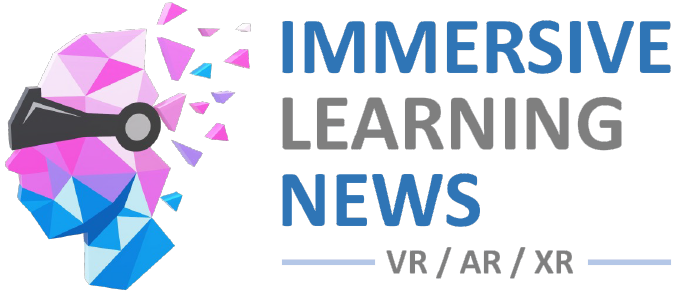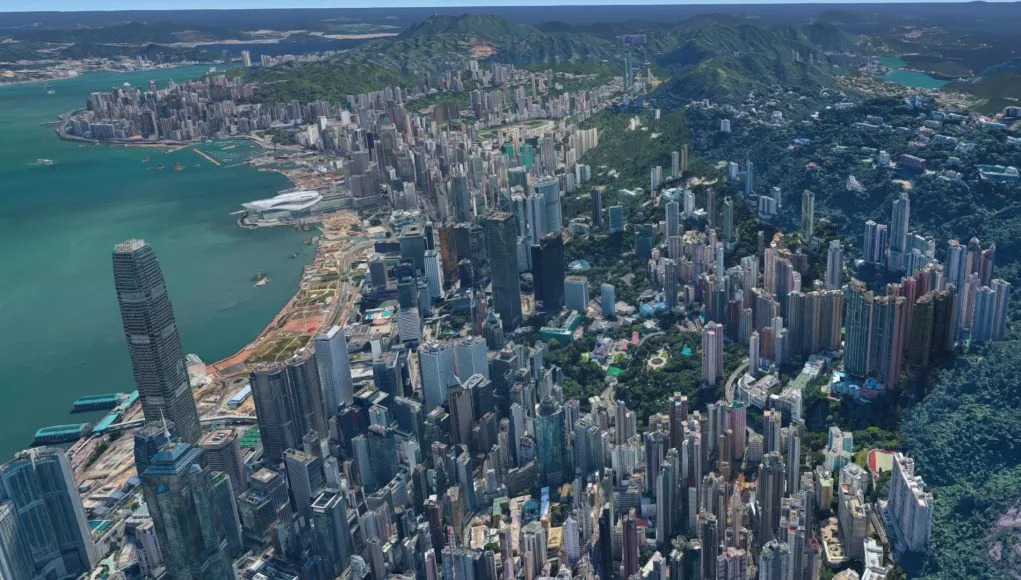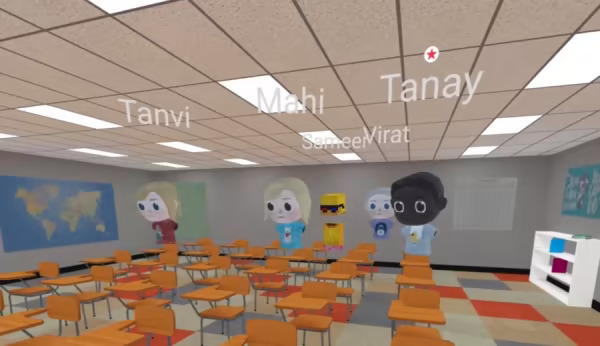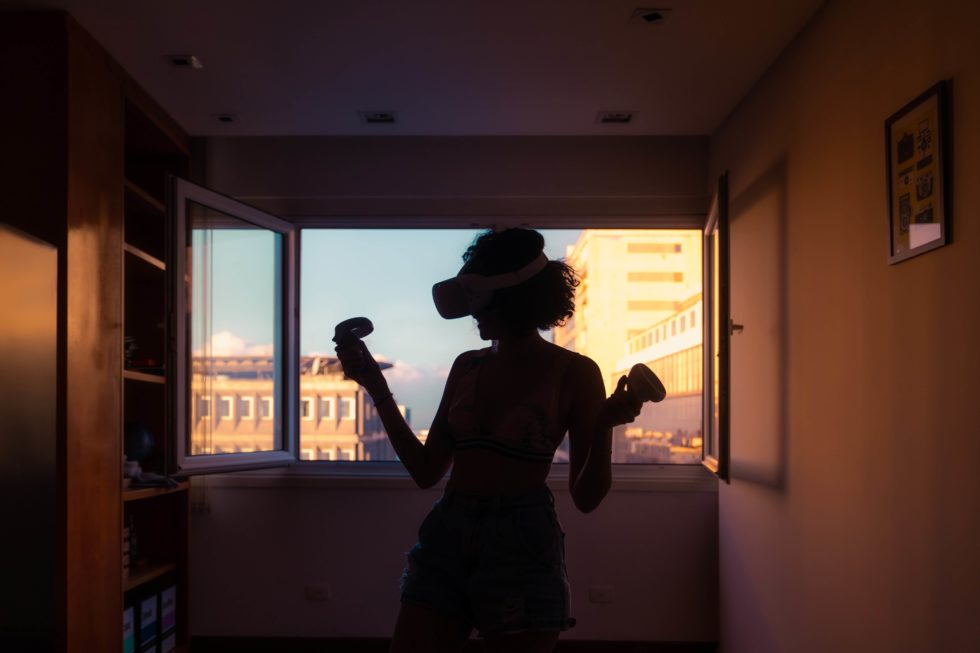Google Earth VR was an early and enchanting app for the first generation of modern PC VR headsets, but unfortunately it never made the leap to the standalone era. Now a new app, FLY, brings the magic of exploring Google Earth in VR to Quest and Vision Pro.
Now available on Quest 2, Quest Pro, Quest 3, and Vision Pro, Fly aims to bring the magic of exploring Google Earth in 3D in a fully immersive way. Beyond just being able to explore the globe to your heart’s content, Fly aims for a more immersive feel than its spiritual predecessor. While the original Google Earth VR essentially had you floating around as a disembodied camera, Fly is thematically built around the idea that players are piloting a drone that can take them anywhere.
“Fly is our idea of a personal flight simulator that lets you travel on ground, above cities, and across countries to explore places you’ve never seen. Our focus has been on a seamless experience with intuitive comfortable controls, smooth loading, and detailed rendering of Google Earth Tiles,” says Eric Malafeew, CTO and Co-Founder of VirZOOM, the studio behind the app.
The studio says that Fly uses Google Earth’s 3D Map Tiles, offering a massive Earth-sized space for players to explore, including full 3D geometry in many major cities. The project was purportedly started in collaboration with Google, but was put on hold for years.
“Originally created in collaboration with Google for a PC VR release in 2018, we had to shelve it after they paused Google Earth API development,” says VirZOOM Co-Founder and CEO Eric Janszen. “So when we saw them announce the Google Earth Tiles API this past year we were excited to complete the product. This new version takes what we created in 2018 and benefits from our years of knowledge in VR development since then. This version of Fly is everything we had hoped for in PC VR, but available on standalone headsets.”
While the app is available on Quest headsets—and gets a boost in quality on Quest 3—the developer says the added headroom on Vision Pro means it can deliver the optimal experience.
“The 3D Earth tiles, which Google provides, have the same maximum quality on both Quest 3 and Vision Pro. But the Vision Pro version is rendered at 2.5x the max resolution of Quest 3, and we draw tile details out to 2.5x greater distance, with none of the performance hits you get from maxing out the Quality option on Quest 3,” says Robert Collins, COO of VirZOOM. “This means the tiles, UI and overall experience in the game look significantly better on Vision Pro and provide a smoother experience as the user moves through the world.”
Quelle:




